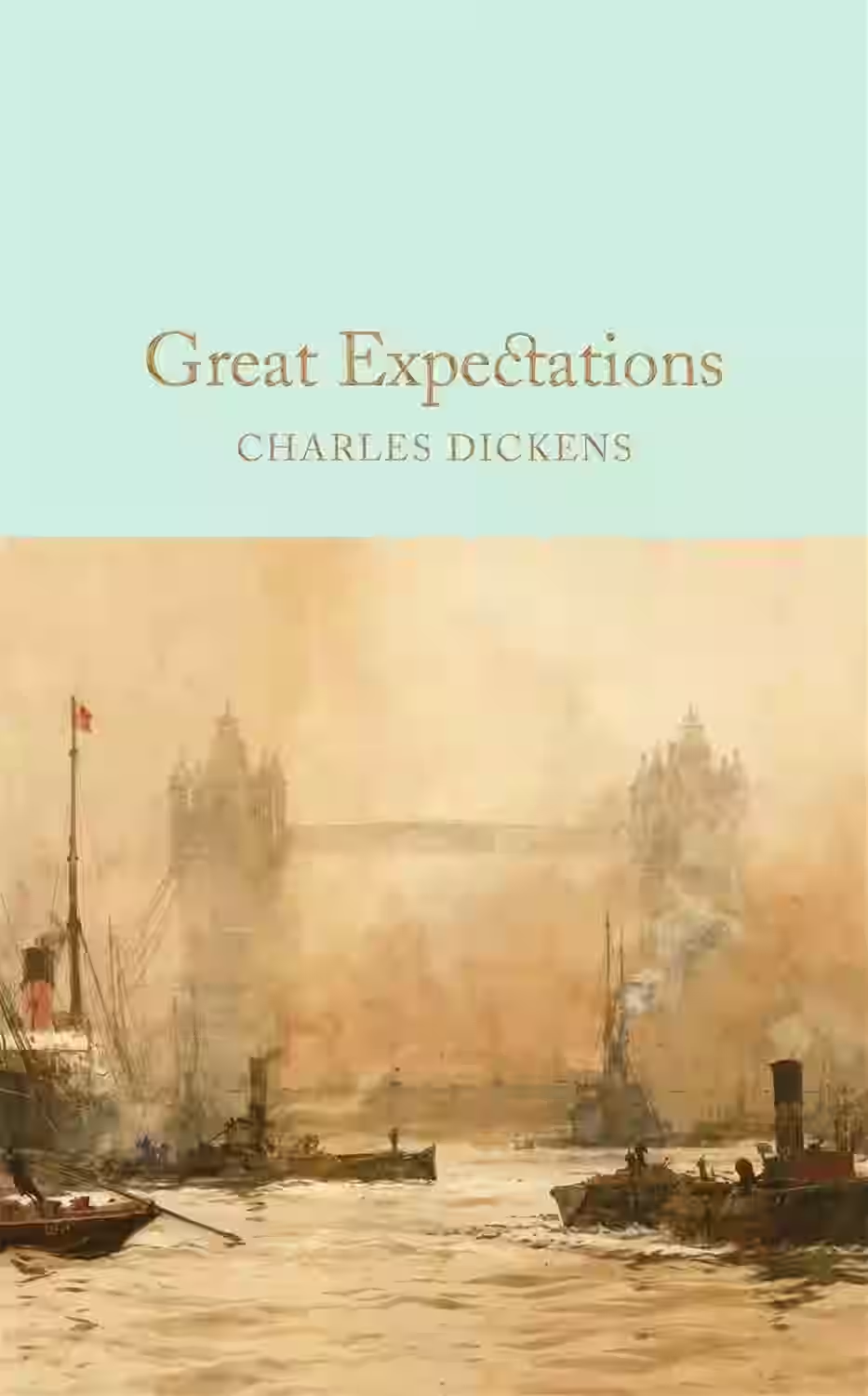
Charles Dickens’ Great Expectations follows Pip, an orphan raised by his harsh sister, whose life changes after he receives an anonymous fortune. As he moves from humble beginnings to the temptations of high society, Pip wrestles with guilt, ambition, and the meaning of true gentility. Along the way, he encounters iconic characters like the bitter Miss Havisham and the mysterious convict Magwitch. The novel critiques class snobbery and moral blindness while highlighting redemption and loyalty. Rich in character and atmosphere, it’s one of Dickens’ most enduring and accessible works.
About Charles Dickens
A literary giant of the Victorian era, Charles Dickens captivated readers with his vivid characters, social commentary, and compelling narratives. His novels, such as Oliver Twist, Great Expectations, and A Tale of Two Cities, often depicted the harsh realities of poverty and social injustice in 19th-century England. Dickens's masterful storytelling, memorable characters, and enduring themes continue to resonate with readers worldwide.
Other Books by Charles Dickens

A Christmas Carol
In Charles Dickens' "A Christmas Carol," bitter old miser Ebenezer Scrooge is visited by three ghosts on Christmas Eve who show him visions of his past, present, and future. These supernatural encounters force Scrooge to confront his selfish ways and witness how his actions affect others.
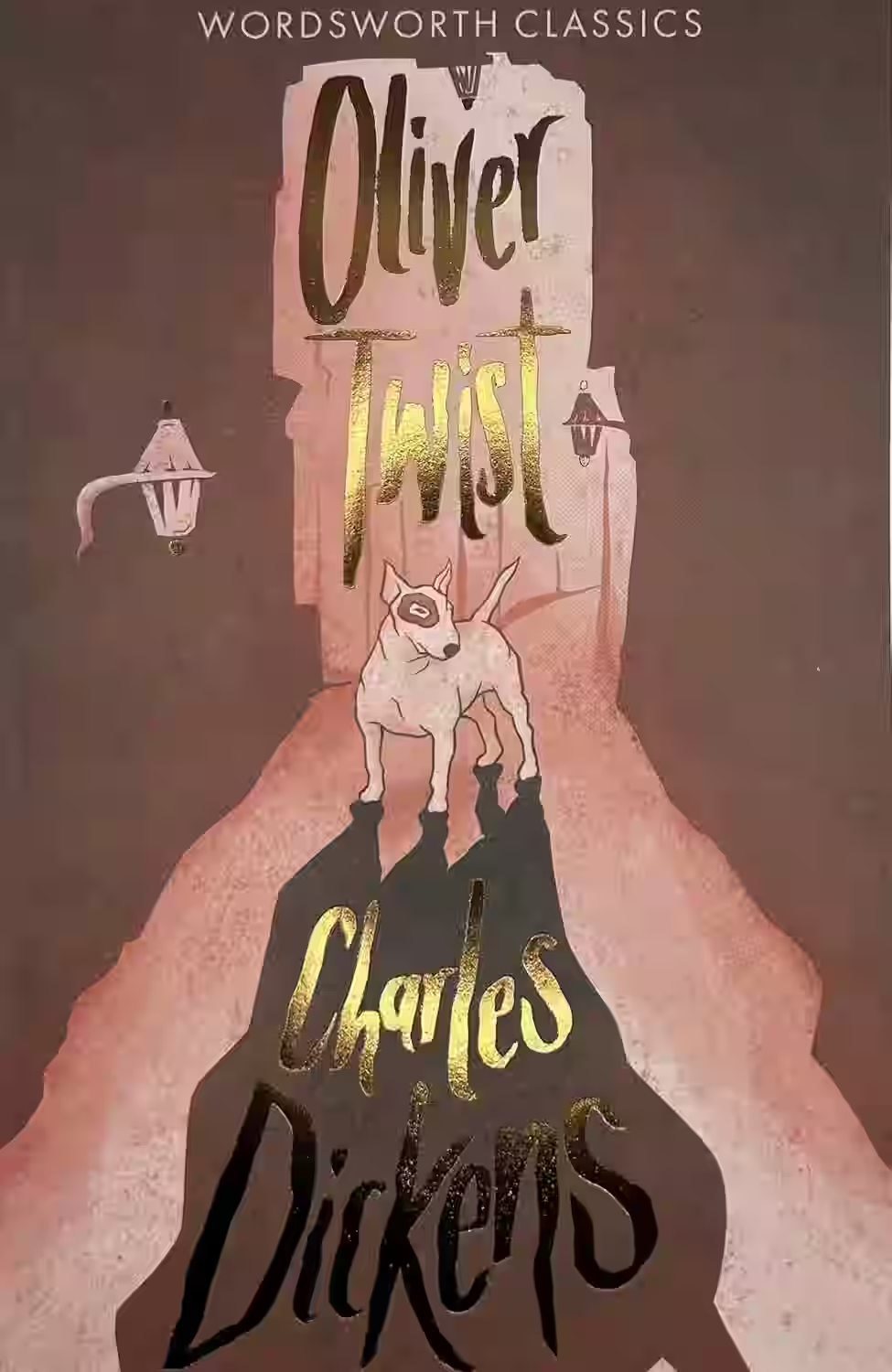
Oliver Twist
The story of Oliver Twist - orphaned, and set upon by evil and adversity from his first breath - shocked readers when it was published. After running away from the workhouse and pompous beadle Mr Bumble, Oliver finds himself lured into a den of thieves peopled by vivid and memorable characters - the Artful Dodger, vicious burglar Bill Sikes, his dog Bull's Eye, and prostitute Nancy, all watched over by cunning master-thief Fagin. Combining elements of Gothic Romance, the Newgate Novel and popular melodrama, Dickens created an entirely new kind of fiction, scathing in its indictment of a cruel society, and pervaded by an unforgettable sense of threat and mystery.
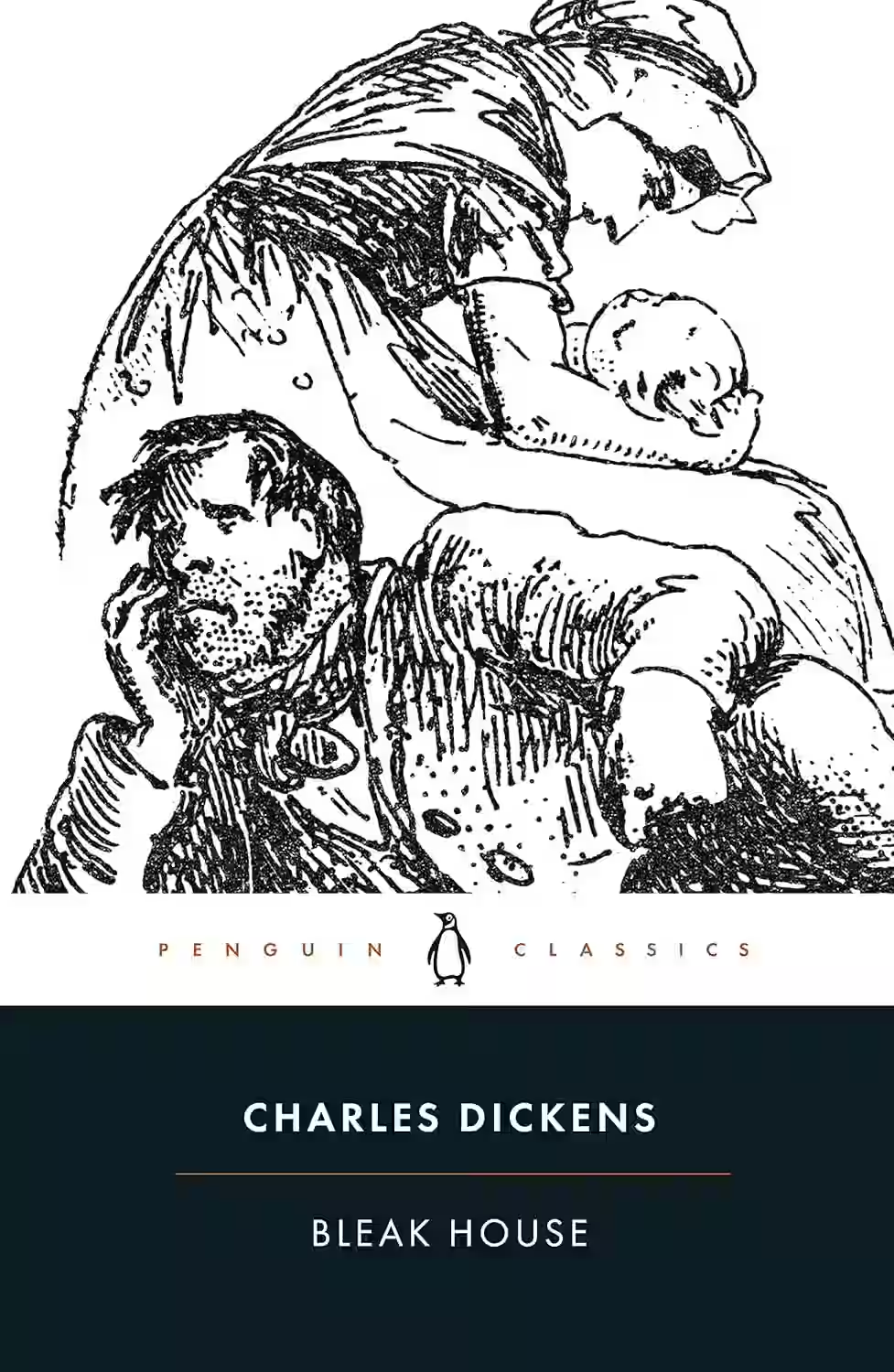
Bleak House
Bleak House by Charles Dickens is a sweeping, complex novel that critiques the inefficiencies and injustices of the British legal system through the fictional case of Jarndyce and Jarndyce, a never-ending lawsuit over a disputed inheritance. Blending mystery, satire, and social commentary, the story follows a large cast of vividly drawn characters, including the virtuous Esther Summerson, the mysterious Lady Dedlock, and the sinister lawyer Tulkinghorn. Through interwoven plots and dual narrators, Dickens exposes the destructive consequences of bureaucracy, poverty, and secrecy. Bleak House remains one of his most ambitious and influential works, rich in atmosphere and moral urgency.
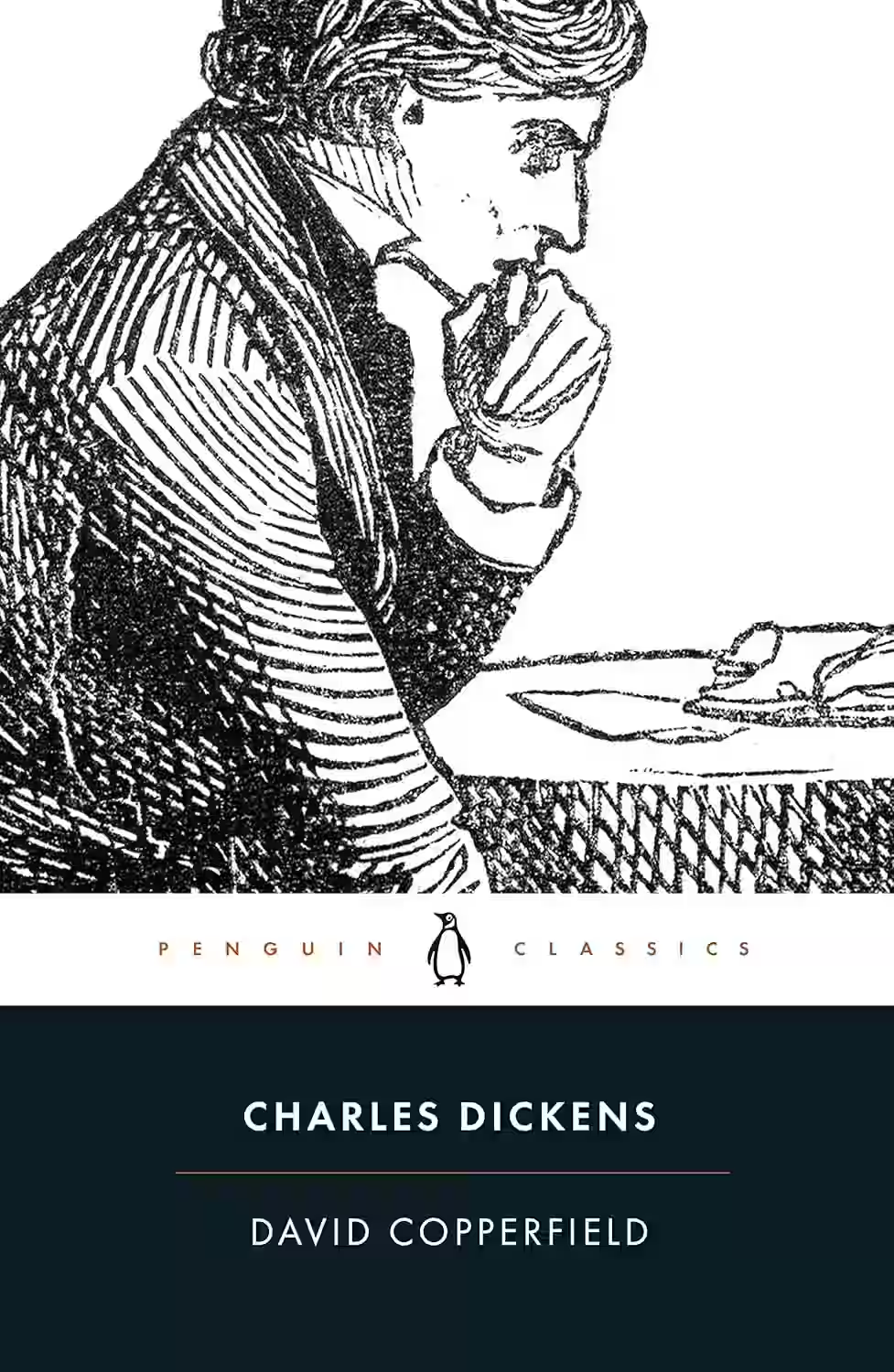
David Copperfield
Charles Dickens’ David Copperfield is a semi-autobiographical bildungsroman chronicling the life of its titular character from childhood to maturity. Along the way, David faces hardship, finds love, and learns important lessons through a cast of vivid characters, including the conniving Uriah Heep and loyal Mr. Micawber. The novel explores themes of perseverance, identity, and social injustice. Rich in narrative and moral insight, it is often regarded as Dickens’ most personal and beloved work.
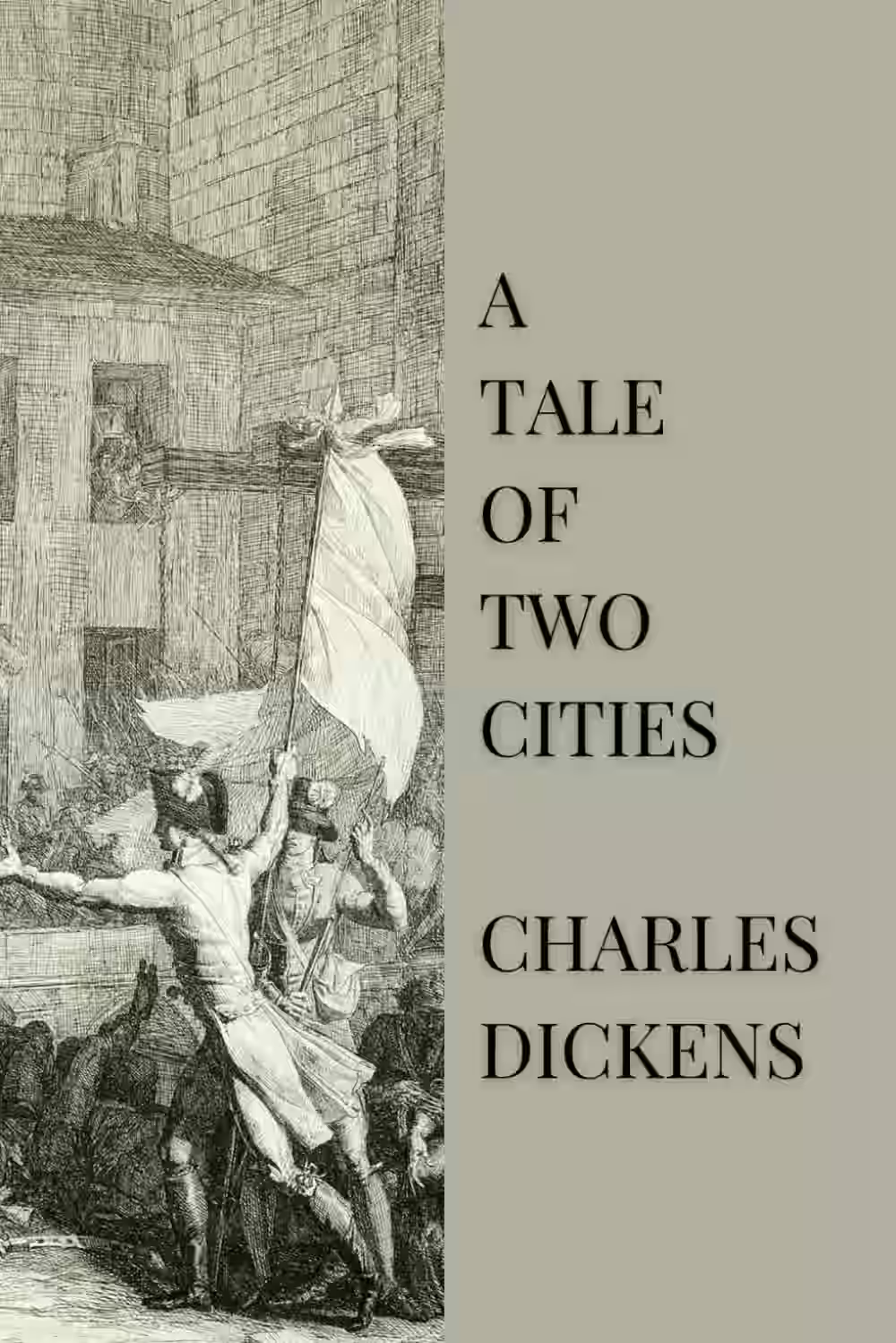
A Tale of Two Cities
In Charles Dickens' 'A Tale of Two Cities,' the turbulent backdrop of the French Revolution sets the stage for a gripping narrative of love, sacrifice, and redemption. The novel intertwines the lives of characters from London and Paris, illustrating the stark contrasts between the two cities during a tumultuous time in history. Through intricate plots and vivid descriptions, Dickens explores themes of resurrection, oppression, and the consequences of societal injustice. As the characters navigate personal struggles and political upheaval, the story builds towards a powerful climax that resonates with themes of hope and renewal. 'A Tale of Two Cities' remains a timeless classic that captivates readers with its profound insights into human nature and the enduring power of love and sacrifice.
Similar Books

East of Eden
Set in the rich farmland of the Salinas Valley, California, this powerful, often brutal novel, follows the interwined destinies of two families - the Trasks and the Hamiltons - whose generations hopelessly re-enact the fall of Adam and Eve and the poisonous rivalry of Cain and Abel. Here Steinbeck created some of his most memorable characters and explored his most enduring themes- the mystery of indentity; the inexplicability of love, and the murderous consequences of love's absence.
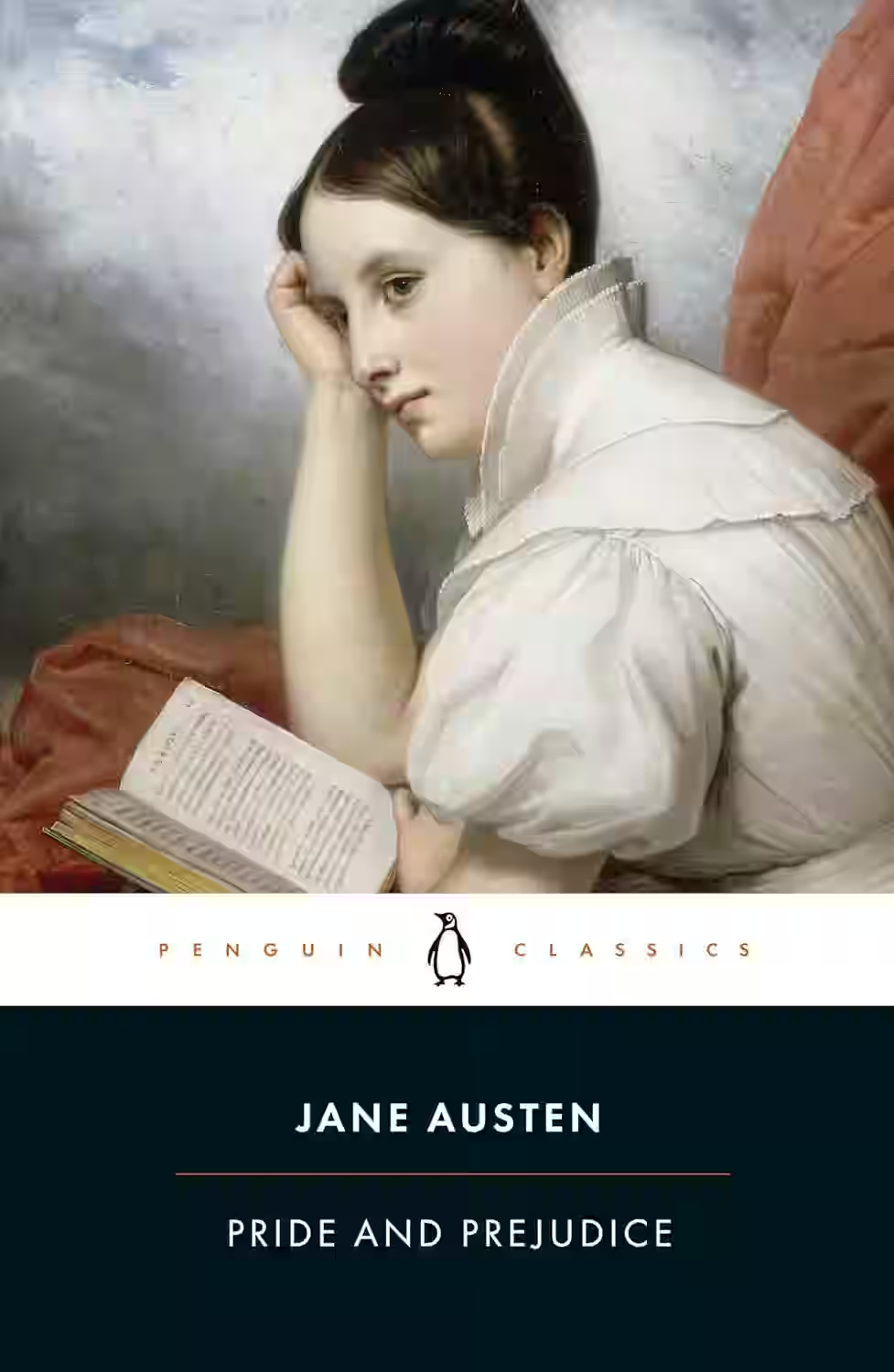
Pride and Prejudice
by Jane Austen
This beloved classic follows the spirited Elizabeth Bennet as she navigates love, marriage, and social status in Georgian-era England. When the wealthy and proud Mr. Darcy enters her life, their mutual prejudices create a complex dance of misunderstanding and growth. Through razor-sharp wit and social commentary, Austen crafts a timeless romance while critiquing class, marriage, and gender roles in 19th-century society.
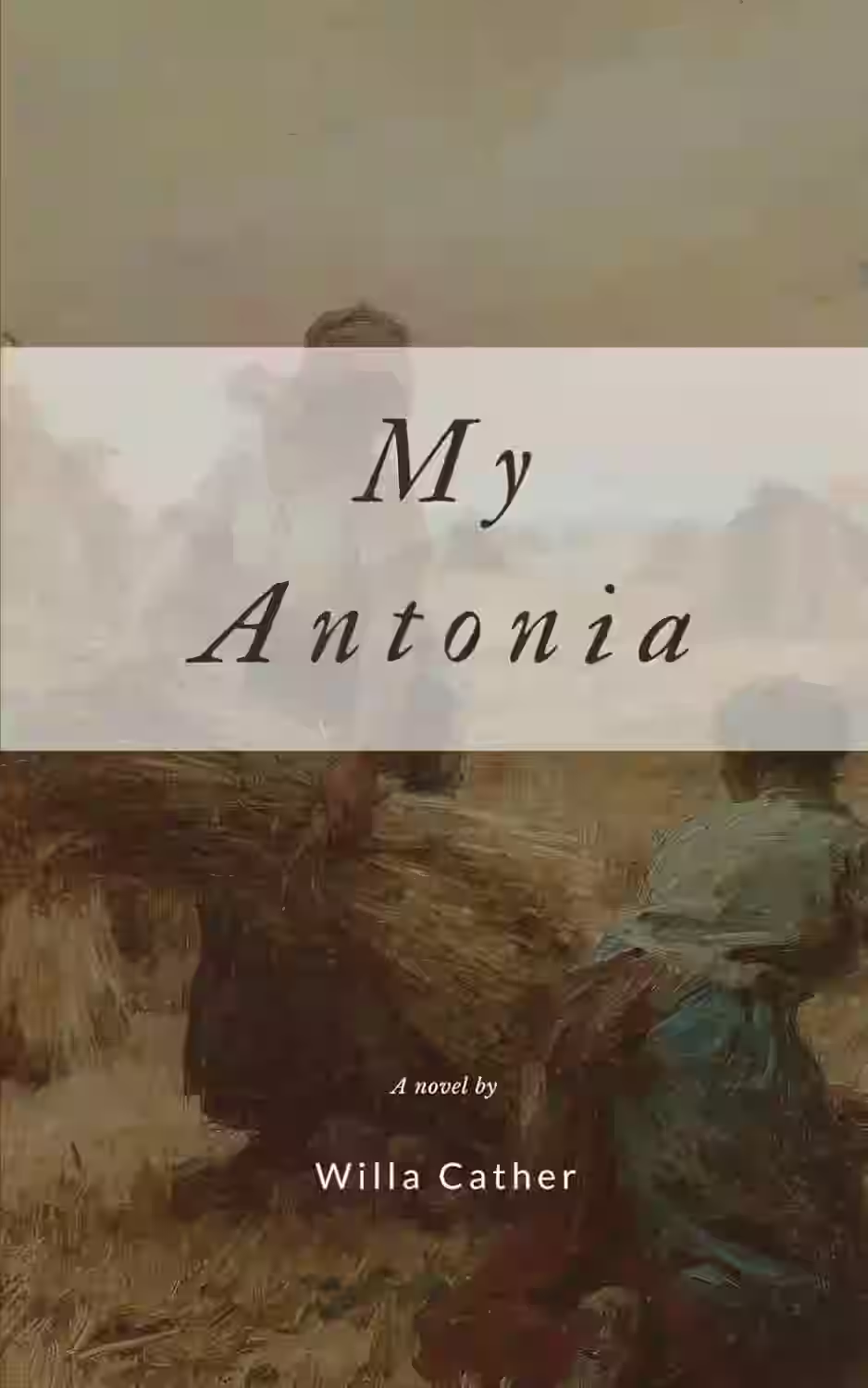
My Antonia
by Willa Cather
Told through the eyes of Jim Burden, My Ántonia recounts the life of Ántonia Shimerda, a spirited immigrant girl on the Nebraska frontier. Through vivid landscapes and deep characterizations, Cather celebrates pioneer life, hard work, and memory. The novel is a nostalgic tribute to the resilience of early settlers and the bond between people and place, filled with poetic prose and quiet power.

Just One Day
by Gayle Forman
Series: Just One Day (#1)
Just One Day by Gayle Forman is an engaging coming-of-age novel that explores the transformative power of travel, love, and self-discovery. The story follows Allyson 'Lulu' Healey, a recent high school graduate, whose life takes an unexpected turn during a European summer tour. After a chance encounter with a charismatic Dutch actor, Willem, she embarks on a spontaneous adventure that leads her to question everything she thought she wanted. The narrative unfolds over a day in Paris that challenges Lulu to confront the constraints of her safe and predictable life. Forman's writing elegantly captures the exhilaration and uncertainty of stepping outside one's comfort zone, making this a compelling read about identity, choices, and the serendipity of life’s unexpected moments. The book resonates with anyone who has ever been at a crossroads, seeking to redefine themselves through courage and exploration.